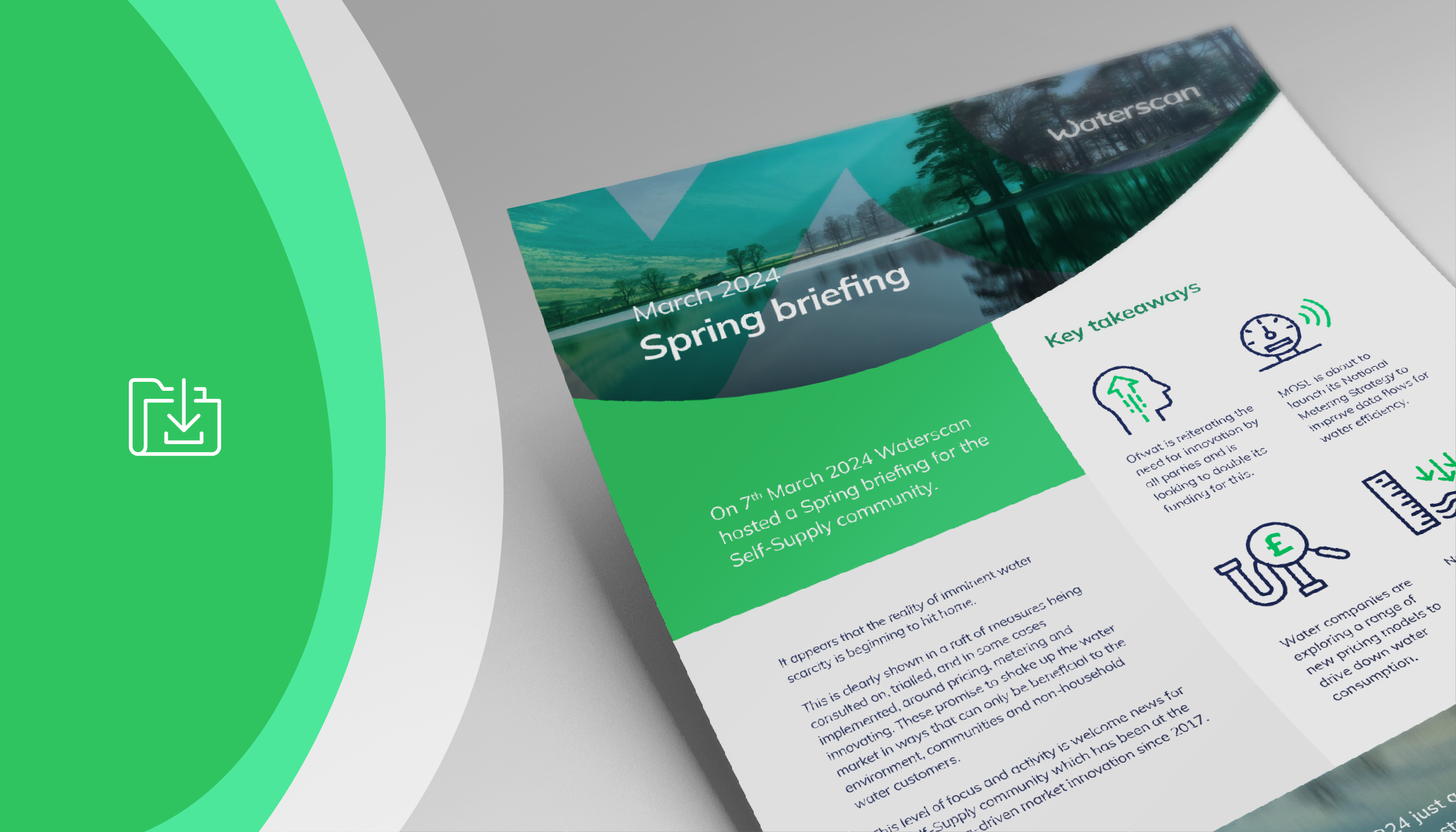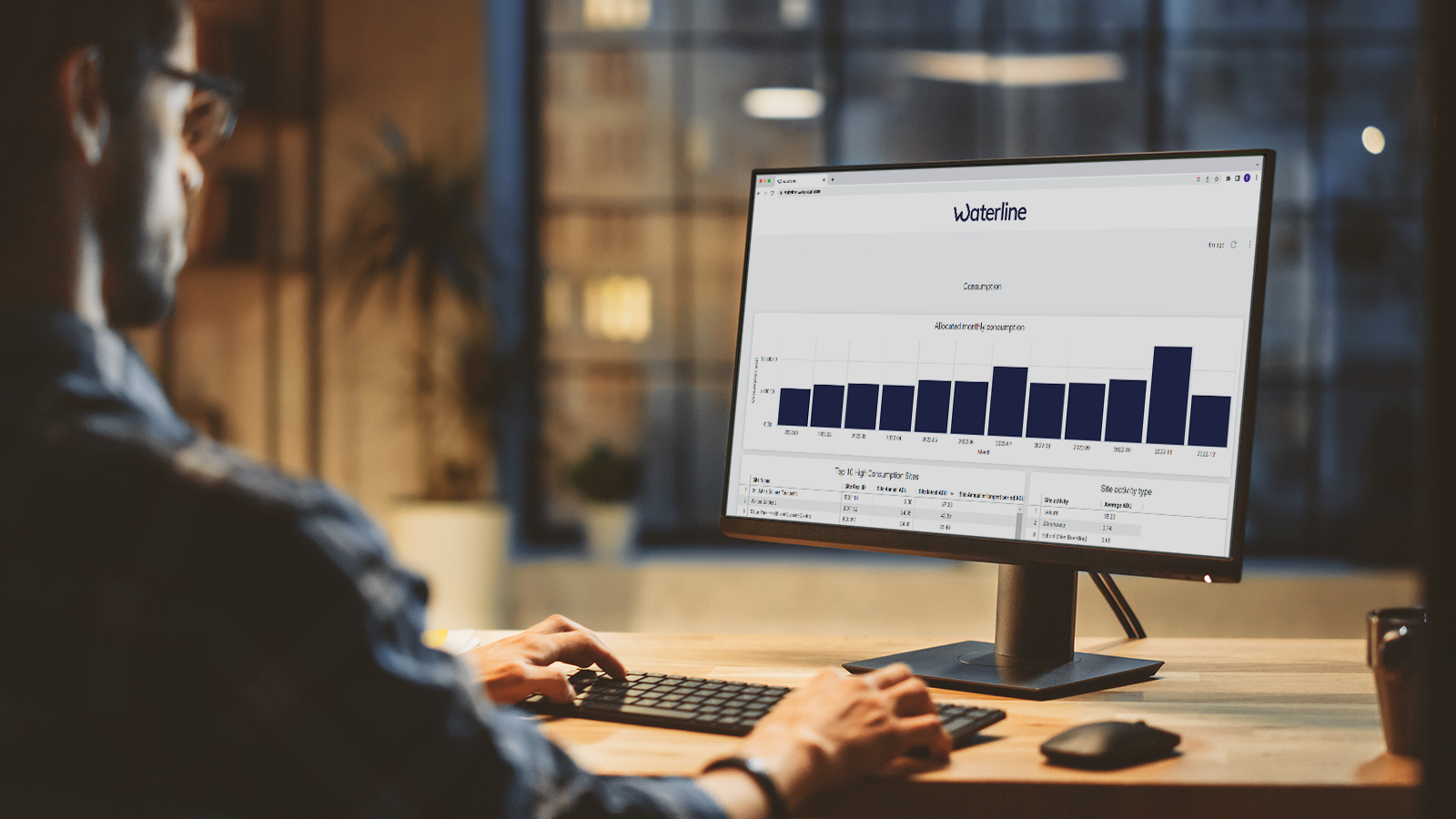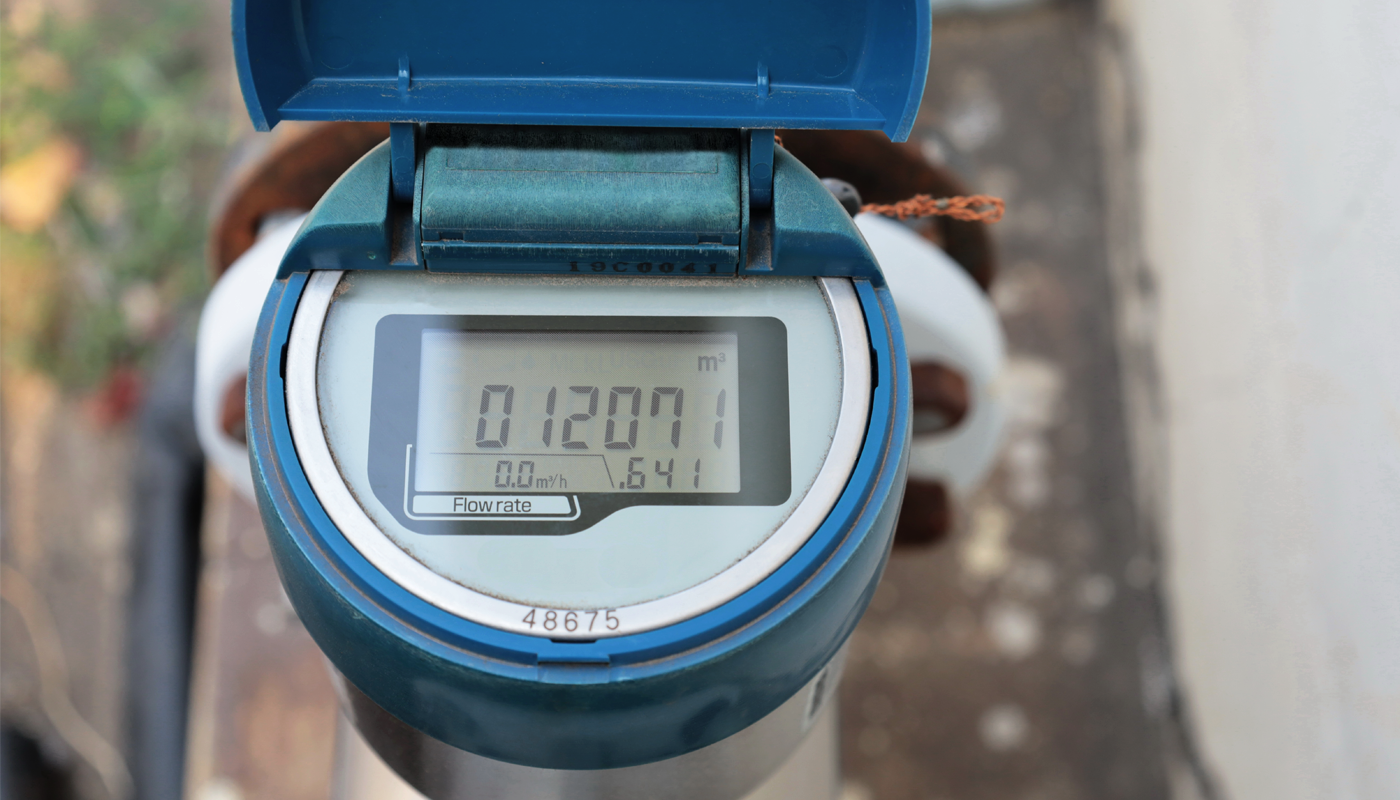Many businesses continue to overlook the commercial importance of sustainable water management, due to its relatively low cost when compared to gas and electricity.
It’s time for all organisations across all sectors to sit up and take notice.
The opportunities arising from effective water stewardship are plentiful. In fact, acting on water has become the low-hanging fruit in adapting to climate change and it provides irrefutable operational and commercial benefits.
We explore the top five financial reasons to act on water this year.
Accurate bills
Many businesses are unable to obtain site-level water consumption data and consequently find themselves unable to verify the accuracy of water bills. This means that they could be paying for water that they are not using or water that is lost to leakage.
Many more have water meters that have not been read recently or sufficiently frequently meaning that they are likely to be paying an inflated estimated charge, tying up revenue or building unplanned debt.
All of this adds up to profit running straight down the drain!
Only with accurate and timely usage data, is it possible to take control of water consumption and cost, make informed decisions about your choice of water provider and, increasingly importantly, create and implement effective efficiency and reduction strategies for long-term financial advantage.
For companies such as Whitbread, Sainsbury’s and BT that have prioritised action on water, the accuracy of the data they work with repays their investment in taking control of their water, year after year.
Administrative savings
Many businesses are not active in the open water market and are therefore likely to be investing extensive administrative and operational time in the management and settlement of countless bills from multiple water retailers.
Those that have consolidated their water suppliers may be sacrificing vital human resource to bill validation and challenging/proving inaccuracies.
This adds up to an unnecessary and costly administrative headache!
It is far better to spend this time developing and delivering water efficiency and reduction measures which will look ahead rather than backwards.
Risk reduction
Many businesses do not consider the full range of physical, regulatory, reputational and financial risks to their business if the quality and/or availability of water is reduced. They are therefore unprepared for operational disruption and emergency business continuity measures.
Failing to understand the risks that poor water management presents tends to come at an excessive cost compared to the cost of proactively mitigating these risks before a problem arises. Water-related risks are real, and they are growing in intensity and urgency.
This adds up to enhanced increased financial and legislative exposure.
Knowing how much water is used, when and where across a company’s estate, and mapping this against the likelihood of drought or flood-induced outages and price spikes offers certainty when making long-term strategic decisions and improves operational resilience.
Investor confidence
Many companies have been slow to wake-up to increasing stakeholder expectations around water stewardship and are likely to find it difficult to respond in a positive and timely fashion to demands for transparency.
Global disclosure experts, CDP, reported that 3,908 companies disclosed on water in 2022 compared to just 345 ten years ago: an increase in excess of over 1000%. In the UK, the government’s introduction of mandatory Task Force on Climate-related Financial Disclosures (TCFD) reporting has been applauded as sending a clear signal that safeguarding the environment on which we all depend on must be regarded a critical component of commercial success.
All this adds up to the need for a far greater understanding of water.
Companies that invest more in water resource management outperform their peers. By being transparent about impacts, identifying solutions, setting goals and funding projects that improve water resource management, businesses will experience superior financial performance and sustainable growth.
Price protection
Many companies may not be aware of how the recent pandemic is affecting their water bills. As a result of widespread site closures, many organisations built up debt with their water provider. To offset this, market regulator, Ofwat, increased the water retailer price cap to reduce risks of water retailer collapse and avoid some customers bearing a disproportionate burden of costs.
Those organisations that typically use more than 50 million litres per annum are not subject to this regulated price cap, meaning that water retailers are free to apply such price increases as they deem appropriate to recoup excess bad debt costs.
This adds up to a potentially uncapped increase in water bills and prolonged recovery timeframes.
One way that British companies can protect themselves from uncapped price hikes and fluctuations arising from an imbalance of supply and demand, is to Self-Supply. This option, chosen by many forward-thinking organisations, enables them to deal with water wholesalers directly, cutting out the retailer margin. These companies also enjoy voting rights to help shape the water market in a way that benefits business customers.
To learn more about how you can make water work for you, driving financial efficiencies, operational resilience and safeguarding our most precious resource, schedule a call with one of our experts or email info@waterscan.com.




